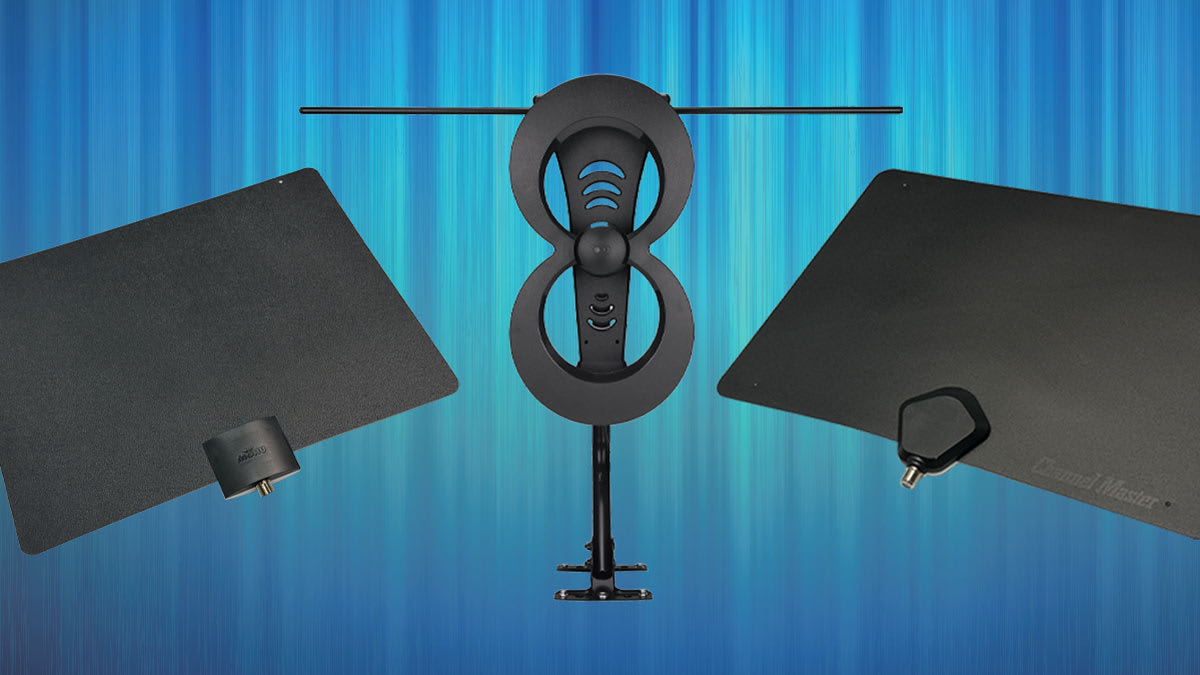
Even if you subscribe to a cable replacement service that brings you channels such as AMC and HGTV, you might still want an antenna. These services—which include DirecTV Stream, Fubo, Hulu + Live TV, Sling TV, and YouTube TV—don’t always provide local programming in all markets. An indoor TV antenna can help fill that gap.
If you live near a major TV market, you’ll probably get many local stations—ABC, CBS, Fox, and NBC, plus PBS and Telemundo—using a TV antenna. And there are now dozens of digital subchannels under the primary channels, too.
These offer additional programming, such as old TV shows, B movies, niche content, and hyper-local news and weather. Websites such as AntennaWeb and the Federal Communications Commission’s DTV Reception Maps page can give you an idea of which stations you can expect to receive in your area.
As a bonus, the picture quality you get from your indoor TV antenna might be better than what you get from cable. “The signals may be less compressed,” says Claudio Ciacci, the former lead television tester at Consumer Reports who oversaw our most recent antenna evaluations.
In addition to a TV antenna, all you need to watch your local stations is a TV equipped with a digital TV tuner, something included in almost all TVs since 2007.
All antennas can receive traditional broadcast signals. But for this year’s testing, we also checked to see whether the antennas were able to pull in new “NextGen TV” signals. Technically called ATSC 3.0, these signals—which weren’t available during previous tests—are now available in about 75 percent of U.S. markets. Regardless of the antenna you use, you’ll also need a TV or converter box with an ATSC 3.0 tuner to watch ATSC 3.0 broadcasts.
Compared with traditional ATSC 1.0 broadcasts, NextGen TV can deliver brighter, sharper pictures, improved sound, and enhanced emergency notifications. It also allows for two-way interactivity, enabling features such as video-on-demand, the ability to pause or go back to the beginning of shows, and hyper-local content such as local sports and weather reports. Right now most of the NextGen TV broadcasts are simply simulcasts of what’s being sent via ATSC 1.0, but some networks, including CBS and NBC in New York, are now offering programming with high dynamic range (HDR), enabling brighter, more vibrant images with greater contrast and richer colors.
Before you buy a new TV, check our buying guide and full TV ratings of models from all of the major brands, which combine lab tests with survey results from more than 90,000 CR members.









